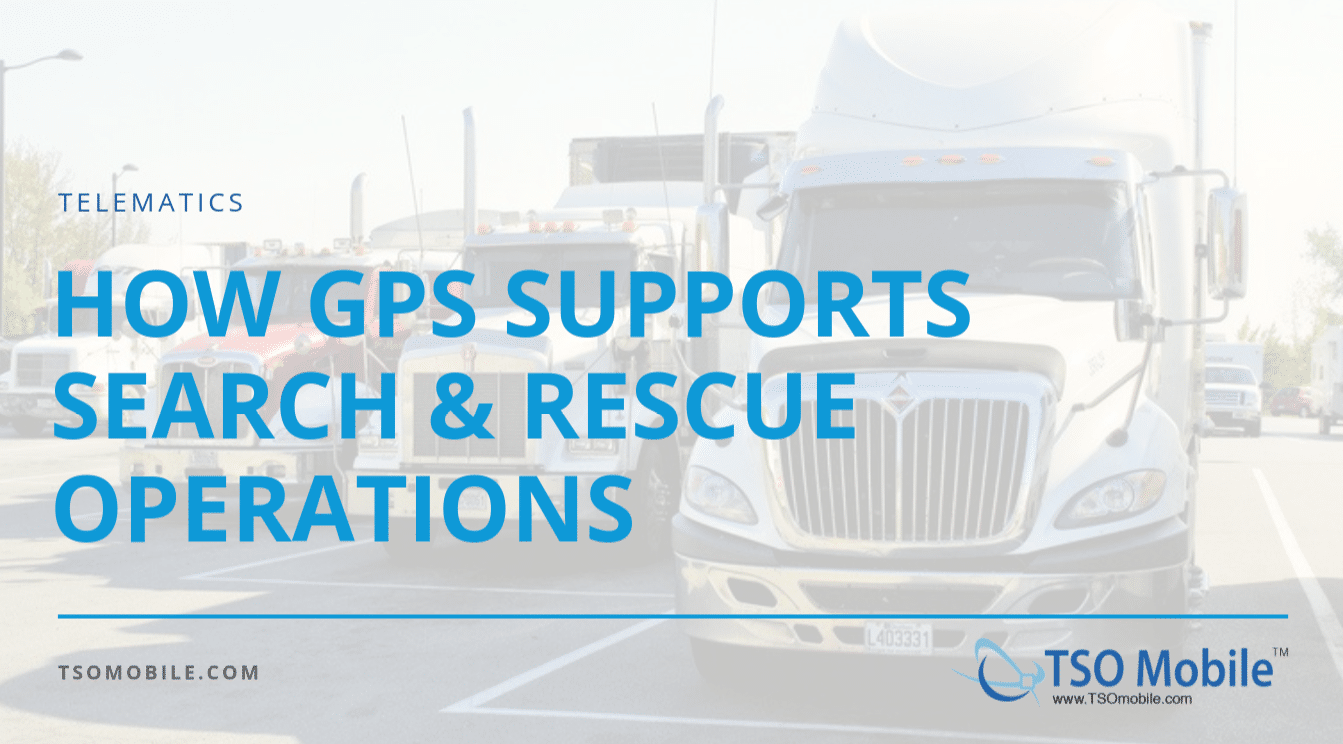On August 29, 2005 at 6:45 AM, a Category 3 hurricane struck the Gulf Coast of the United States. With wind speeds of over 100 miles per hour and a reach that extended almost 400 miles, Hurricane Katrina swept across the southern states, leaving destruction in its wake. With thousands of people chased out of their homes by flooding and structural damage, local law enforcement called emergency crews in to rescue civilians from the affected zone. Aided by GPS tracking technology, search and rescue operators were able to locate and support local crews and stranded inhabitants, providing evacuations and supplies to those trapped by the destruction of the storm.
Location, Location, Location
In the aftermath of natural disasters, neighborhoods and landmarks can be wiped off the map. Imagine crawling out from under your destroyed house and seeing a landscape devoid of neighboring homes and businesses. Your normal grocery store could be gone and your street full of debris and rubble, with only the sun left to give you a sense of direction. . This level of destruction throws lives into chaos, as most average citizens are ill-prepared for such upheaval. When Search and Rescue teams move in to evacuate the populace, they use GPS units to track their emergency vehicles, moving them to where they will be the most beneficial for rescue and recovery. In a state of emergency, crews often respond to over 1,000 calls per day, making coordination of these vehicles vital. Knowing exactly where your fleet is at all times can aid in determining how quickly help gets to wherever it needs to be.
Communicating Congestion and Conditions
With cell towers often the first structures to go down in an actual emergency, GPS becomes the only reliable means of communicating. Local law enforcement and Search and Rescue Operators are in constant communication, letting other drivers know of any road blockages, congestion, or accidents that could prevent them from getting to where they are most needed. Using GPS technology, command centers can map this data and provide assistance in route planning based on what other vehicles are reporting. Effective communication such as this could mean the difference between someone surviving the catastrophe or not.
Physical deliverance is not the only trouble after a disaster like this. With so many people displaced from their homes, supplies such as food and water become scarce, leaving emergency crews desperate to find a path delivery trucks can navigate to bring in these necessary supplies. Using GPS telematics, crews can send reconnaissance vehicles out to scout local terrain and find a path to a nearby supply center. This data can also be used to track the supplies enroute,allowing emergency crews to reassure terrified citizens that help in on the way.
GPS units are simple tools that provide invaluable data during times of catastrophe. The true heroes, of course, are the men and women who risk their lives to save others in the aftermath of calamity, aided by GPS data that helps them do their jobs. When faced with Mother Nature’s destructive fury, emergency personnel must use any available technology they have to support these Emergency Search and Rescue crews.

